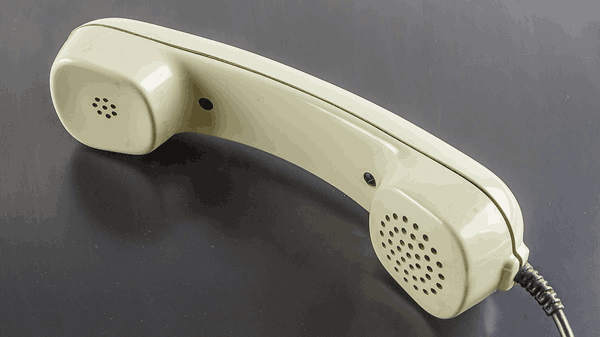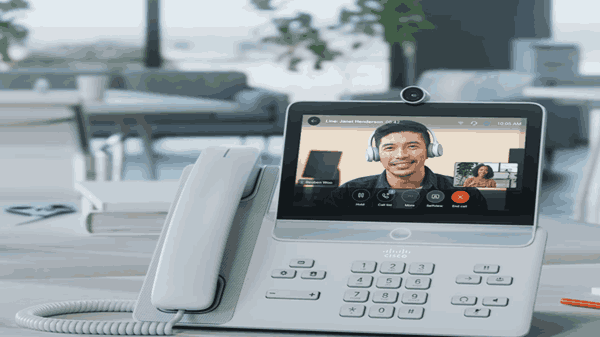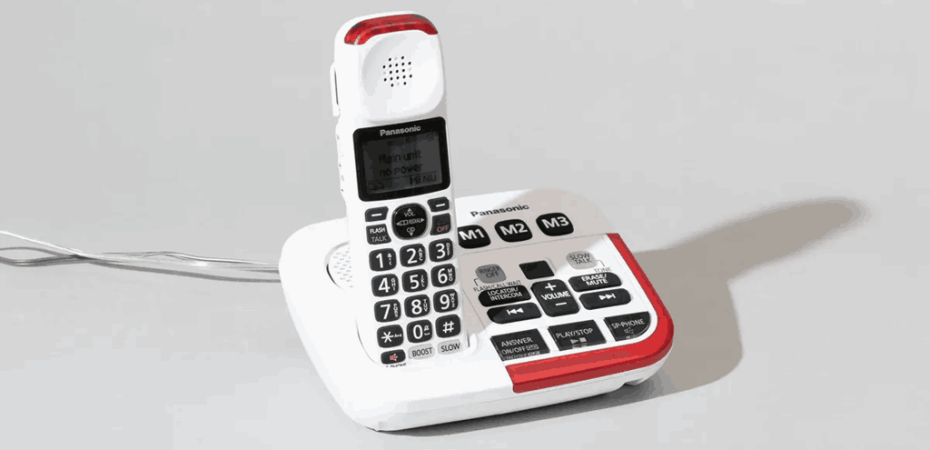In today’s fast-paced world dominated by smartphones and cutting-edge technology, it’s easy to overlook the humble landline phone. However, these reliable communication devices still play a significant role in many households and businesses worldwide. Despite the advent of wireless communication, landline phones continue to offer unparalleled reliability and clarity in voice communication. In this comprehensive guide, we’ll delve into the various parts of a landline phone, shedding light on their functions and importance.
1. Handset

The handset is perhaps the most recognizable component of a landline phone. It comprises a speaker, a microphone, and often includes buttons for dialing numbers and controlling volume. When making or receiving calls, users hold the handset to their ear to listen and speak into the microphone to communicate.
2. Base Unit
The base unit serves as the central hub of a landline phone system. It typically houses the circuitry responsible for connecting calls, as well as additional features such as caller ID display and voicemail functionality. The base unit is connected to the telephone line and provides power to both the handset and any additional components.
3. Telephone Line Cord
The telephone line cord is a crucial component that connects the base unit to the telephone jack on the wall. This cord carries the electrical signals necessary for making and receiving calls. It’s essential to ensure that the cord is securely connected to both the base unit and the telephone jack to maintain a stable connection.
4. Handset Cord
The handset cord connects the handset to the base unit, allowing for mobility while using the phone. This coiled cord stretches to accommodate users moving around while on a call, providing flexibility and convenience.
5. Keypad
The keypad is an array of buttons on the handset or base unit used for dialing phone numbers, navigating menu options, and entering commands. Each button typically corresponds to a specific number, letter, or function, enabling users to input the desired information effortlessly.
6. Ringer
The ringer is an audible alerting device that notifies users of incoming calls. It produces ringing tones or melodies when someone calls the landline phone, ensuring that users are aware of incoming communication even from a distance.
7. Display Screen

Many modern landline phones feature a display screen that provides valuable information such as caller ID, call duration, and menu options. This screen enhances the user experience by offering visual feedback and facilitating navigation through various features and settings.
8. Speakerphone
A speakerphone allows users to engage in hands-free communication without the need to hold the handset. It features a built-in speaker and microphone, enabling multiple people to participate in a conversation simultaneously. Speakerphones are particularly useful for conference calls or situations where users need to multitask while on the phone.
9. Volume Control
Volume control buttons or knobs on the handset or base unit allow users to adjust the volume of the incoming call or the speakerphone during a conversation. This feature ensures optimal audio clarity and comfort, catering to individual preferences and environmental conditions.
10. Call Transfer and Hold Buttons
Advanced landline phones may include call transfer and hold buttons, enabling users to manage multiple calls efficiently. These buttons allow users to transfer calls to another extension or place a caller on hold while attending to other matters, enhancing productivity and communication flexibility.
In conclusion, while landline phones may seem like relics of the past in the age of smartphones, they remain integral communication tools for many households and businesses. Understanding the various components of a landline phone, from the handset to the base unit and beyond, allows users to make the most of these reliable devices in their daily lives. Whether for personal or professional use, the reliability and clarity of landline phones continue to make them a valuable asset in today’s interconnected world.
Read also:
- 10 Best Productivity Apps in 2024
- 3 Ways Technology Makes it Easier to Find Your Perfect Engagement Ring
- 10 Best Ways to Download Twitch VODs Online
- 6 Easy Ways to Fix Media Feature Pack Install Failed
- 3 Best Accurate Bottleneck Calculators for PC to Use in 2023
- 7 Challenges in IoT and How To Overcome Them
- Audio-Technica AT2020 Cardioid Condenser Studio XLR Microphone Review



